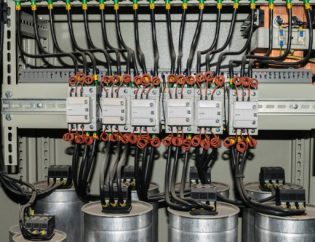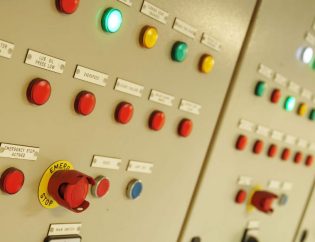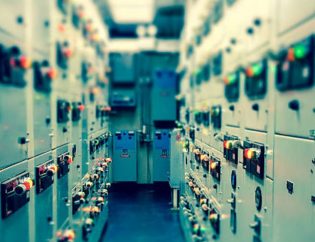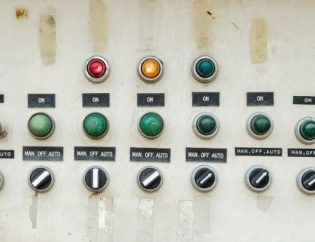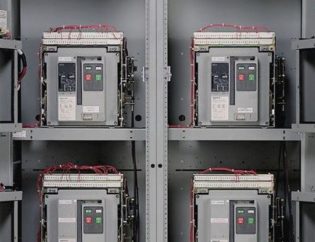Introduction
Automatic Transfer Switches (ATS) play a vital role in ensuring uninterrupted power supply during outages. However, the needs and requirements of residential and commercial settings differ significantly. In this blog, we will explore the distinctions between residential and commercial ATSs, including their design, features, installation requirements, budget considerations, and advantages and limitations.
Definition and Purpose of Automatic Transfer Switches
Automatic Transfer Switches are devices that monitor the power supply from the utility grid and a backup generator. Their purpose is to automatically transfer the load from the grid to the generator when a power outage occurs, ensuring uninterrupted power for critical systems and appliances.
Residential Automatic Transfer Switches
Residential ATSs are designed to meet the power needs of homes. They typically have lower capacity requirements compared to commercial ATSs. Residential ATSs are sized based on load calculations specific to the home and are compatible with residential electrical panels and generators. Safety considerations, such as compliance with electrical codes, are also essential in residential installations.
Commercial Automatic Transfer Switches
Commercial ATSs are designed for the power demands of commercial buildings and facilities. They are capable of handling higher capacities and are sized based on detailed load calculations specific to the commercial environment. Commercial ATSs must also coordinate with utility power requirements and synchronization, as well as meet industry-specific standards and regulations.
Design and Features
Residential and commercial ATSs have key design differences to accommodate their respective applications. Residential ATSs focus on essential power backup and convenience, whereas commercial ATSs emphasize scalability and robust power management. Commercial ATSs often offer advanced features such as load management capabilities, prioritization options, surge protection, voltage regulation, and monitoring functions for power status and diagnostics.
Installation and Maintenance Considerations
Installation requirements for residential and commercial ATSs differ due to the variations in their electrical systems. Residential ATSs are typically easier to install, and wiring considerations are less complex. However, professional assistance is still recommended. Commercial ATS installations are more intricate and may require additional expertise. Both types of ATSs require routine maintenance and testing procedures to ensure their reliability during critical situations.
Budget Considerations
Budgeting for ATSs involves evaluating the upfront investment versus the long-term benefits. Residential ATSs tend to be more affordable due to their lower capacity requirements, while commercial ATSs may involve higher costs due to their scalability and advanced features. It’s important to consider ongoing maintenance and warranty costs as part of the budgeting process.
Advantages and Limitations
Residential ATSs provide the convenience of uninterrupted power supply for essential systems and appliances in homes. They offer peace of mind during outages, ensuring comfort, and safety. However, residential ATSs may have limitations in terms of scalability and load management capabilities. On the other hand, commercial ATSs provide robust power management, scalability for larger power requirements, and advanced features. Nevertheless, commercial ATSs may be overkill for residential applications and have higher costs associated with their complexity.
Conclusion
Understanding the differences between residential and commercial Automatic Transfer Switches is crucial when selecting the appropriate solution for your power needs. Residential ATSs prioritize convenience and essential power backup, while commercial ATSs focus on scalability and robust power management. By considering design, features, installation requirements, budget, and limitations, you can make an informed decision that aligns with your specific residential or commercial requirements. Remember, whether it’s for your home or business, investing in the right ATS ensures uninterrupted power supply and safeguards your critical systems and appliances.




